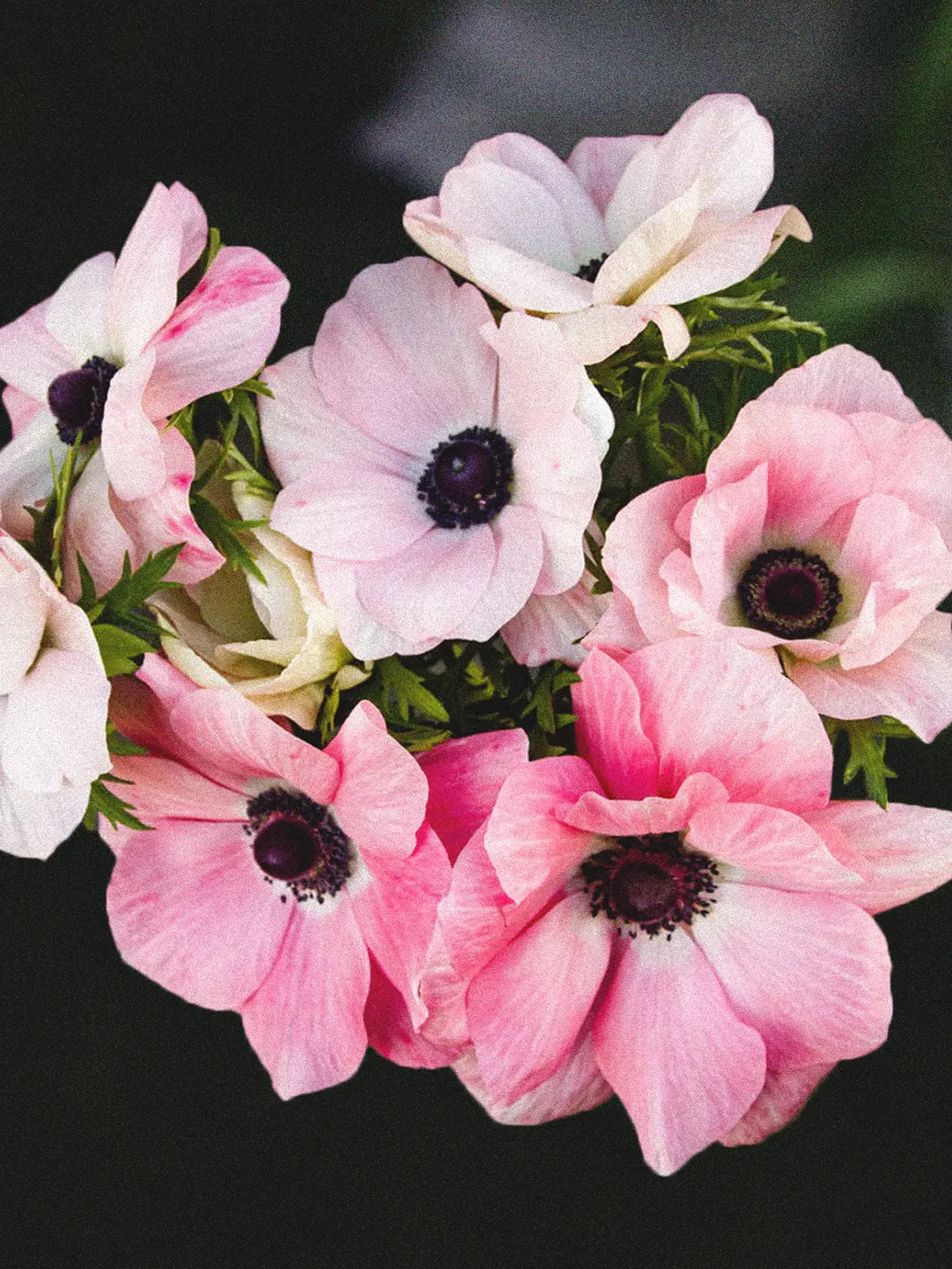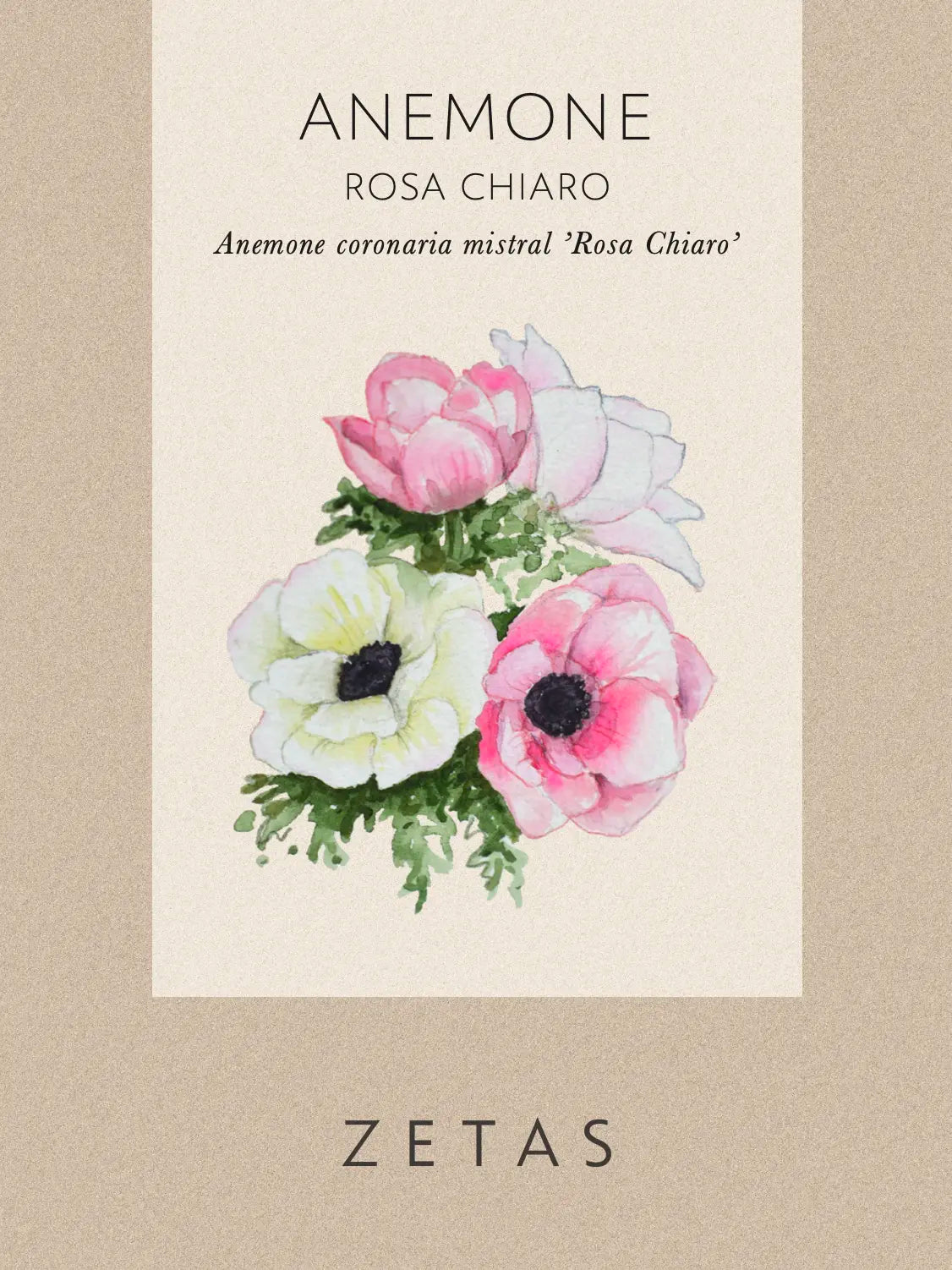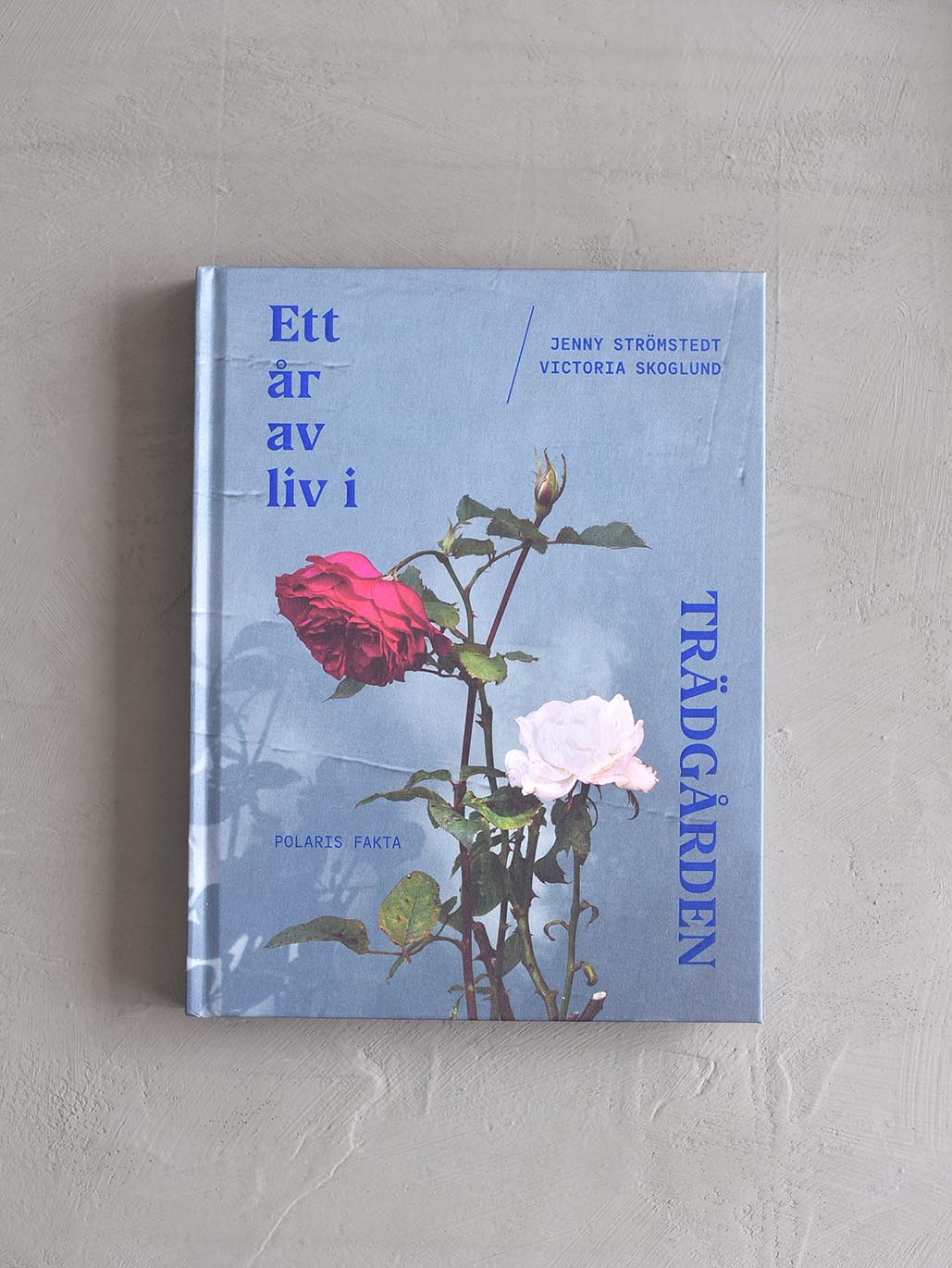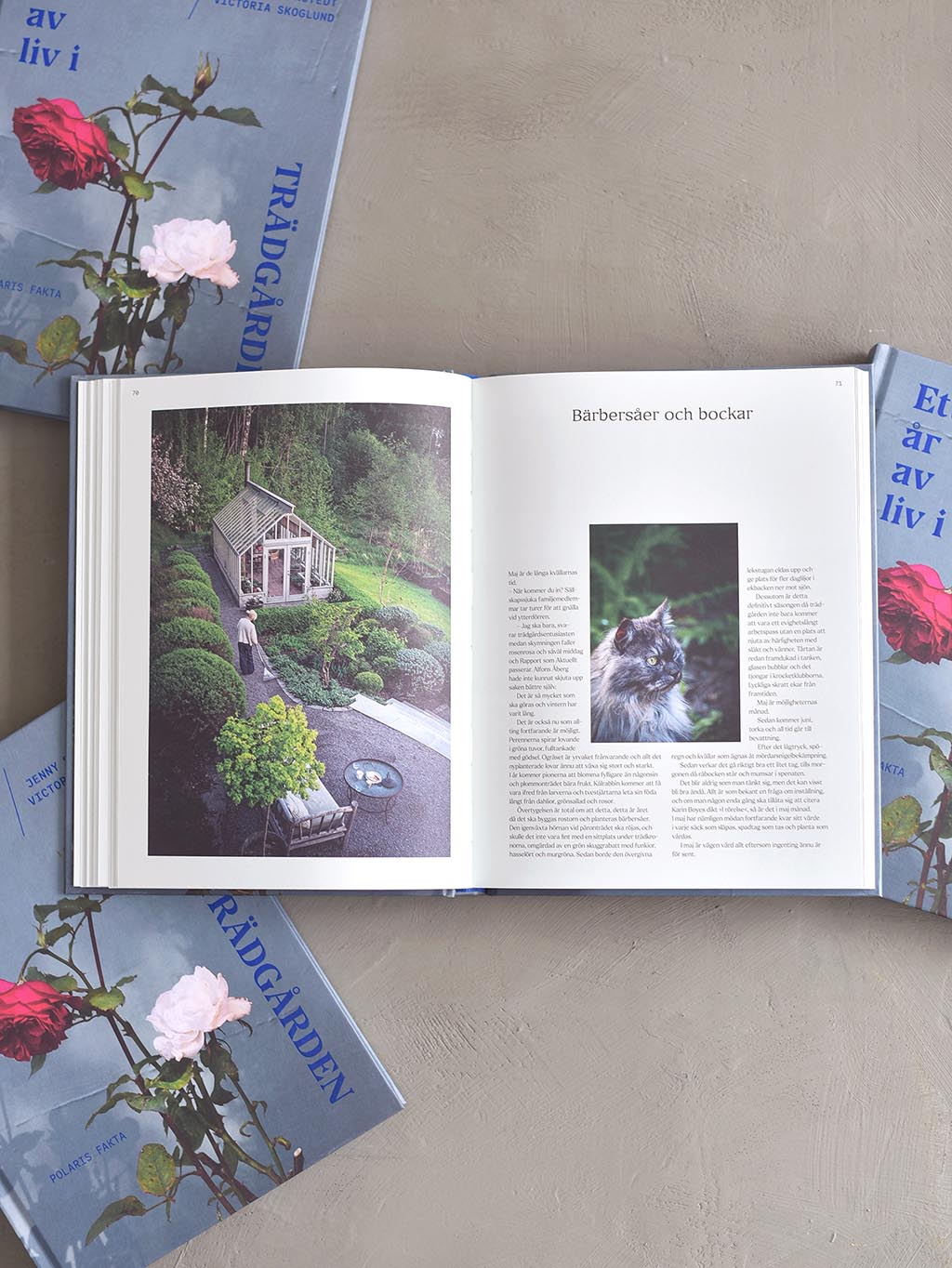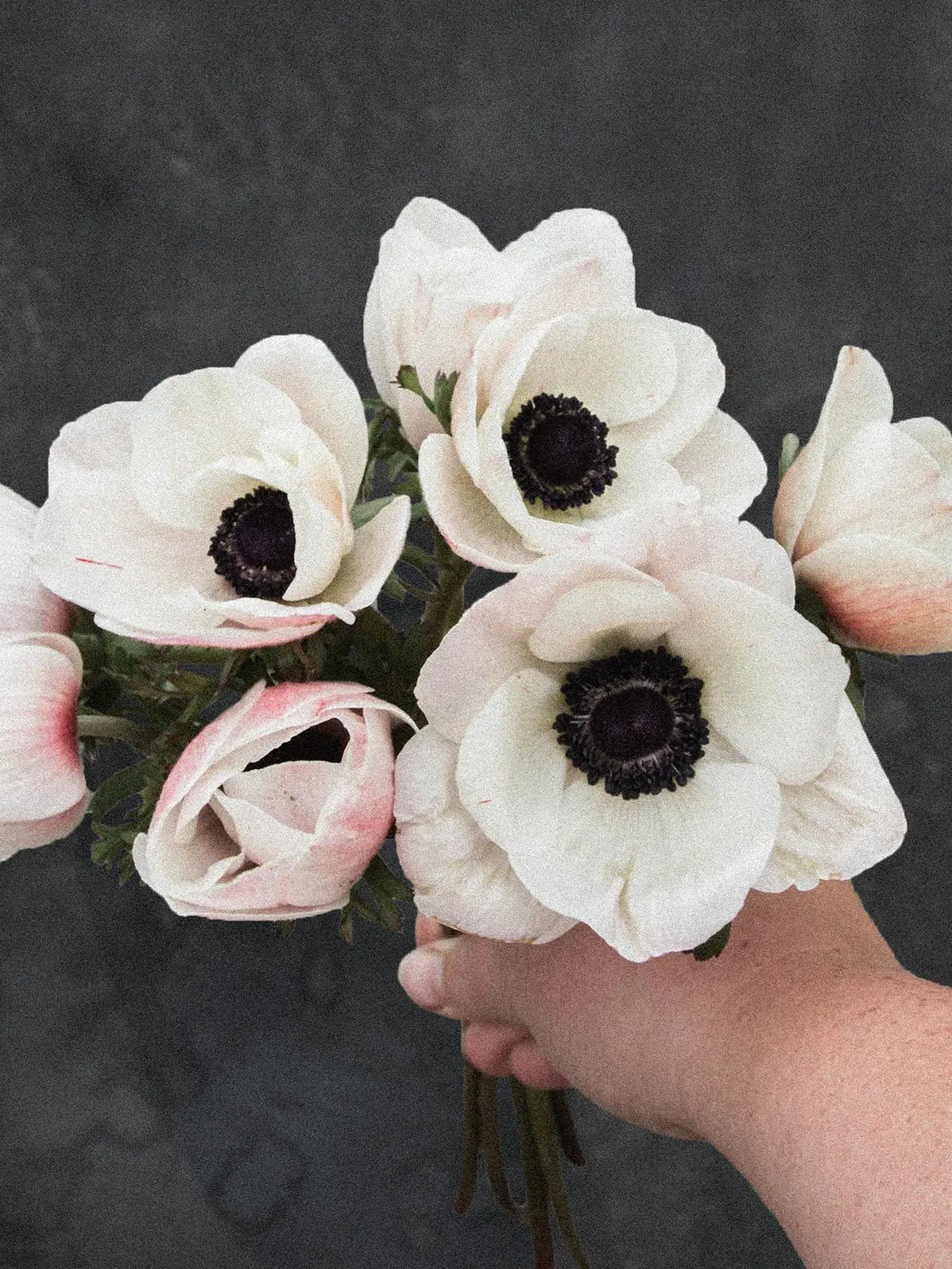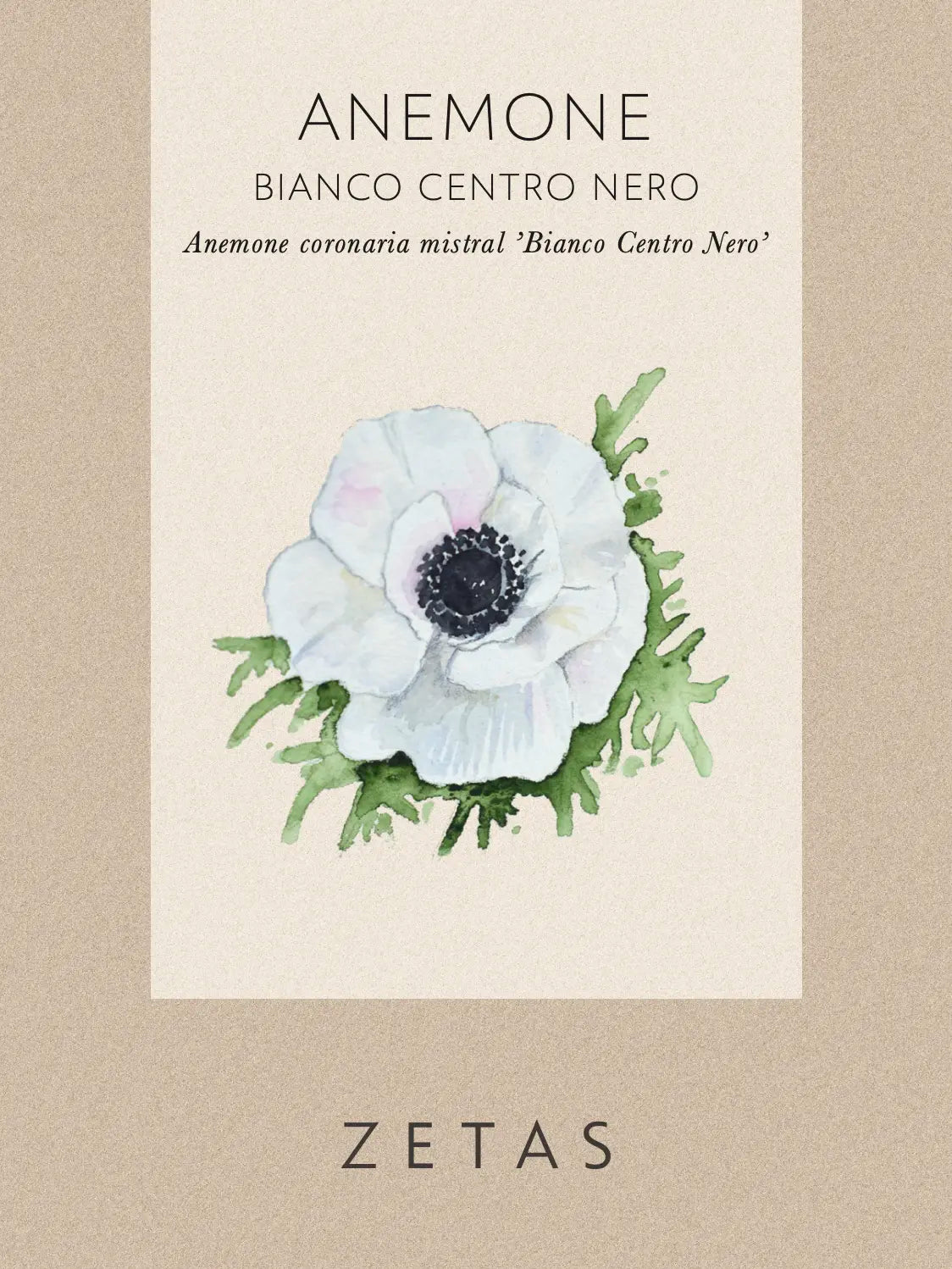Planting & Care of Bare-Root Roses
The rose is one of our most beloved plants in the garden. With its fragrance and beautiful appearance, it is both classic and timeless. Bare-root roses can be grown both in the ground and in pots. Follow our cultivation advice and within a few months, you will enjoy beautiful blooming roses.
Upon receiving your rose
If you cannot plant the rose immediately, it should be stored in a frost-free cool place. The roots should be kept evenly moist and can remain in the bag if stored in shade and not in the sun. It is also possible to heel the roots in a pot or in the bed until it is time for planting. Bare-root roses can be planted in early spring or late autumn.
Planting in the bed
Fill a bucket with water and soil to make it like a slurry. Let the roots soak for a couple of hours before planting. Dig a hole big enough for the roots, about 40x40cm. Improve the soil with compost and preferably with Zeta's rose fertilizer, which contains beneficial fungi/mycorrhiza. If the roots are long, it's better to trim them with pruners instead of bending them in the hole. Fill with soil and water thoroughly so that the water reaches the roots. Firmly press around the plant to stabilize it. Roses love sun but do not like to be crowded in a corner where the leaves can get burned. Water regularly and provide nutrients from May to July. Remove fading flowers down to the next leaf set to promote new shoots.

Planting in a pot
Fill a bucket with water and soil to make it like a mud slurry. Let the roots soak for a couple of hours before planting. Choose a pot that is at least 40 cm wide and 50 cm high and has holes in the bottom. A large pot helps the rose withstand winter better. A large pot also means you don't need to water as often, and the risk of diseases and pests decreases. The larger the pot you choose, the less risk the rose has of freezing during winter, being exposed to drought, and being more susceptible to aphids and other fungal diseases. Choose nutrient-rich planting soil or rose soil and mix in Zeta's rose fertilizer. The rose's bud union should be about 10 cm below the soil surface. Trim the roots instead of bending them down in the pot. Fill with soil and keep the soil evenly moist. Roses love sun but do not like to be crowded in a corner where the leaves can get burned. Water regularly and provide nutrients from May to July. Remove fading flowers down to the next leaf set to promote new shoots.

Wintering
Winter the rose in a sheltered place, for example, wrapped in insulating material or placed in a thermal bag next to a house wall, cold storage, or greenhouse. Place the pot on a couple of blocks or a styrofoam board so that the pot doesn't freeze to the ground. Roses overwintered in pots are more exposed and need extra care to withstand the cold. Ensure that the soil is not too wet before winter storage. It fares better if the soil is somewhat dry before the cold arrives.
Roses often get aphids, which are best combated by regularly spraying leaves and buds with a strong stream of water. If this doesn't help, they can be sprayed with a mixture of 1 liter of water, 1 deciliter of soap, and 1 tablespoon of rubbing alcohol.
If the rose is attacked by fungal diseases, which are very common, such as black spot disease or rust, the affected leaves should be immediately removed and discarded in the trash. Ensure that the roses are spaced out, as the fungus thrives best in high humidity and stagnant air. Water the roses regularly, as water-filled branches have greater resistance to diseases.
Best of luck!"
